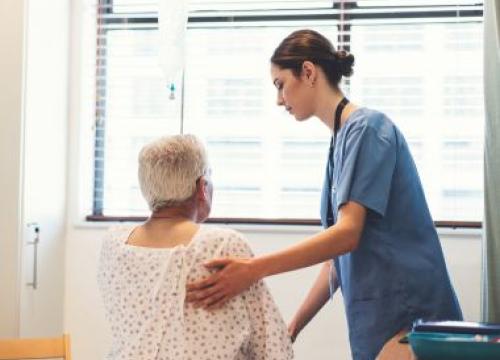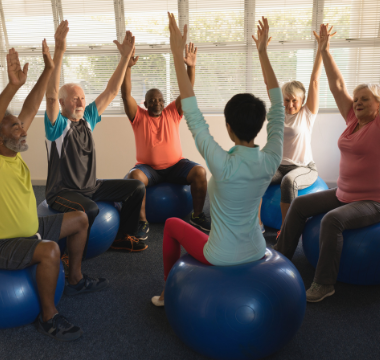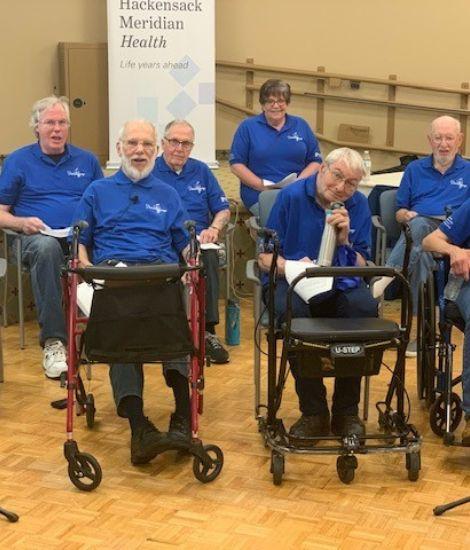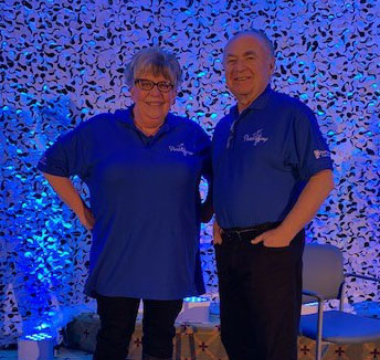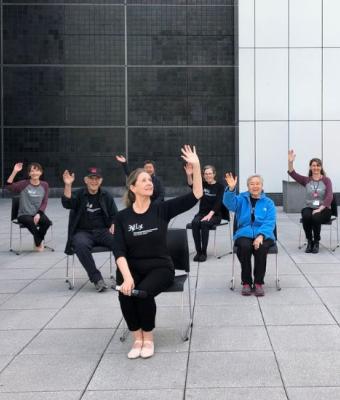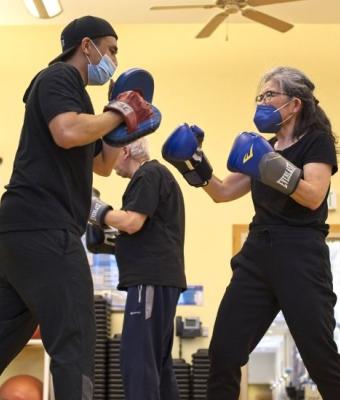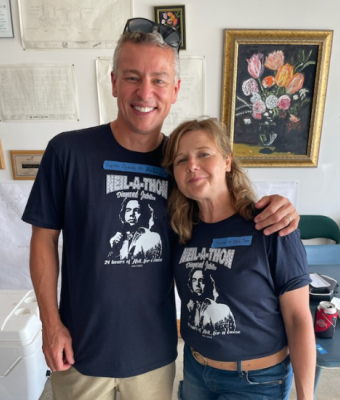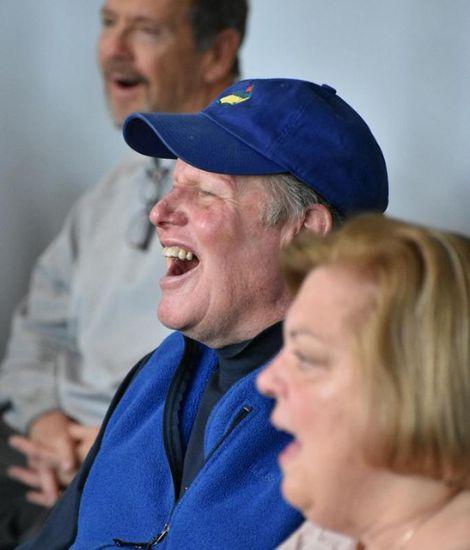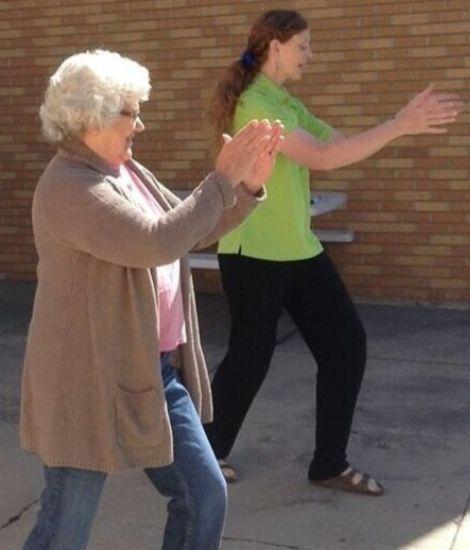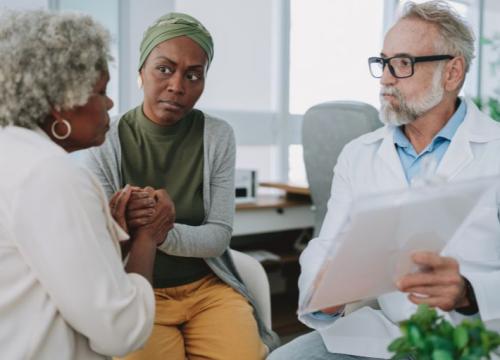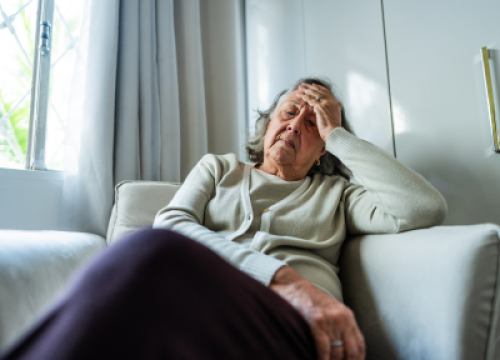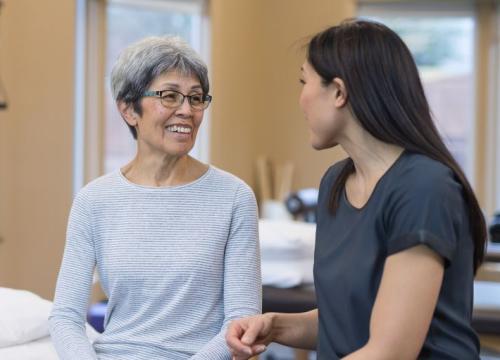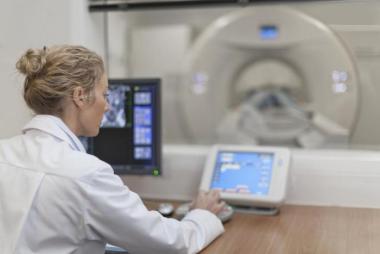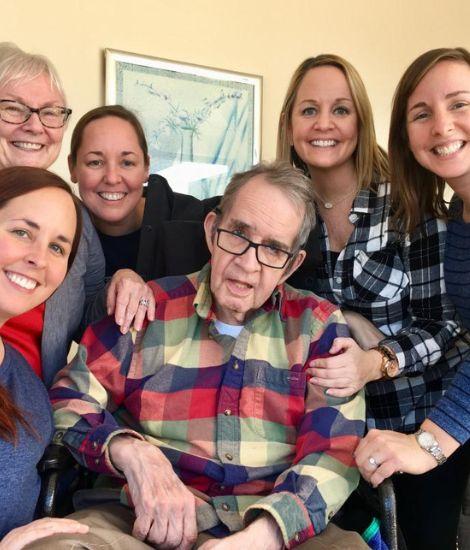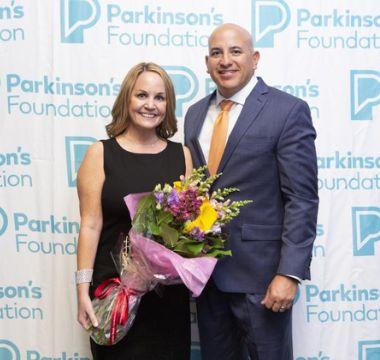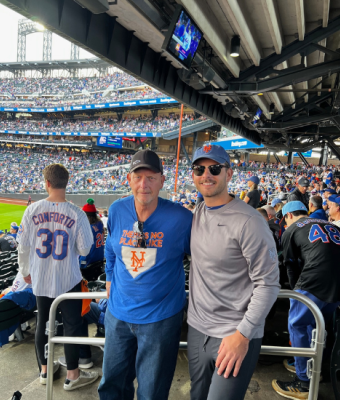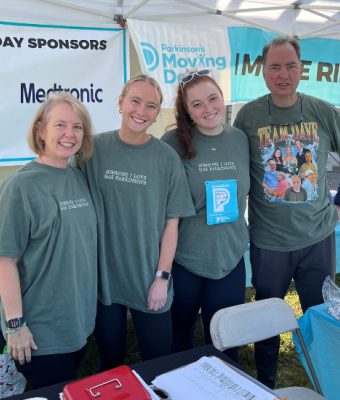One-Man Study: Brain Cell Transplant

Parkinson’s disease (PD) results from the death and deterioration of dopamine-producing neurons (brain cells) in an area of the brain called the substantia nigra. What if those cells could be reprogrammed to function in a healthy way? That is the promise of a stem cell therapy that is called induced pluripotent stem cells (iPSCs). If this extraordinary reprogramming capability could be harnessed ― and if the results were sustainable ― that would be a scientific game changer for treating neurological diseases, including the symptoms of Parkinson’s. To be clear, we are not there yet, but we might be one step closer.
A recently published study in the New England Journal of Medicine titled “Personalized iPSC-Derived Dopamine Progenitor Cells for Parkinson’s Disease” (Schweitzer et al., 2020), tested whether a person with Parkinson’s can have a skin cell removed and transplanted into his brain in order to produce dopamine. That person was a 69-year-old man with a 10-year history of slowly, progressive PD. This was a highly complicated, multi-step procedure, involving surgically transplanting four million stem cells into both sides of his brain. It should be noted that the patient paid two million dollars to fund this procedure.

Prior to implantation, the study participant reported poor control of his symptoms, with three hours of “off” time per day, which included worsening tremor, posture and fine motor control; he reported no dyskinesias. Neurologic examinations were performed and PD–specific measures were taken at one, three, six, nine and 12 months after each implantation and at six-month intervals thereafter. The patient first underwent the surgical implantation procedure in the left side of his brain, followed by the right side, six months later.
Results
- At 24 months after the first (left) implantation and 18 months after the second (right) implantation, the patient reported no adverse events or decline in function.
- Imaging showed that the transplanted cells successfully survived and were functioning.
- Slight motor improvements (6%) were achieved based upon the Movement Disorder Society Unified Parkinson’s Disease Rating Scale (MDS-UPDRS) part III, including the patient’s walking stride, and his ability to bike ride and swim.
- The patient reported an improvement in quality of life, immediately after the surgery was performed. This kind of response suggests that he experienced a placebo effect.
What Does It Mean?
It is encouraging that 24 months after the surgical procedure, the transplanted cells survived and appeared to be functioning. However, survival of these transplanted cells was expected since they were derived from the patient’s own body making transplant rejection unlikely. In terms of the modest improvements in the patient’s motor skills, that too, is encouraging. He was able to reduce his levodopa intake from 12 pills to 11 per day. However, since the patient reported an immediate improvement in his quality of his life, this suggests that he experienced a placebo effect ― as instant improvements are not biologically possible.
Again, this study was administered to one person. Generally, clinical studies are administered in larger sample sizes and can establish a baseline to provide more accurate data and results with a smaller margin of error. At best, scientists believe stem cell therapy will only be a symptomatic treatment, helping in the same ways as levodopa or deep brain stimulation.
The bottom line is that while the one patient may experience an improvement in symptoms, this is not a cure for Parkinson’s nor will this procedure treat non-motor symptoms or help with walking, talking or thinking. In the future, a larger-scale study with a larger population size is the only way we will be able to better understand if a brain cell transplant can truly be a viable treatment option.
A note of caution: while this study was a brain cell transplant, its findings can mislead people with Parkinson’s to seek stem cell treatments. Beware of stem cell tourism. Stem cell clinics are springing up across the globe, taking advantage of desperate patients. Often advertising their services directly to consumers through the Internet, they make extravagant, unfounded claims about the benefits, downplay the risks, and charge exorbitant fees. Stem cell transplants for Parkinson’s disease (and other neurological conditions) is in research stage, is not a treatment, and one should never pay for a clinical trial research. What these so-called stem cell clinics are offering, is false hope for real money.
Learn More
The Parkinson’s Foundation believes in empowering the Parkinson’s community through education. Learn more about Stem Cells by visiting the below Parkinson’s Foundation resources or by calling our free Helpline at 1-800-4PD-INFO (473-4636) for answers to all your Parkinson’s questions.
Related Blog Posts
